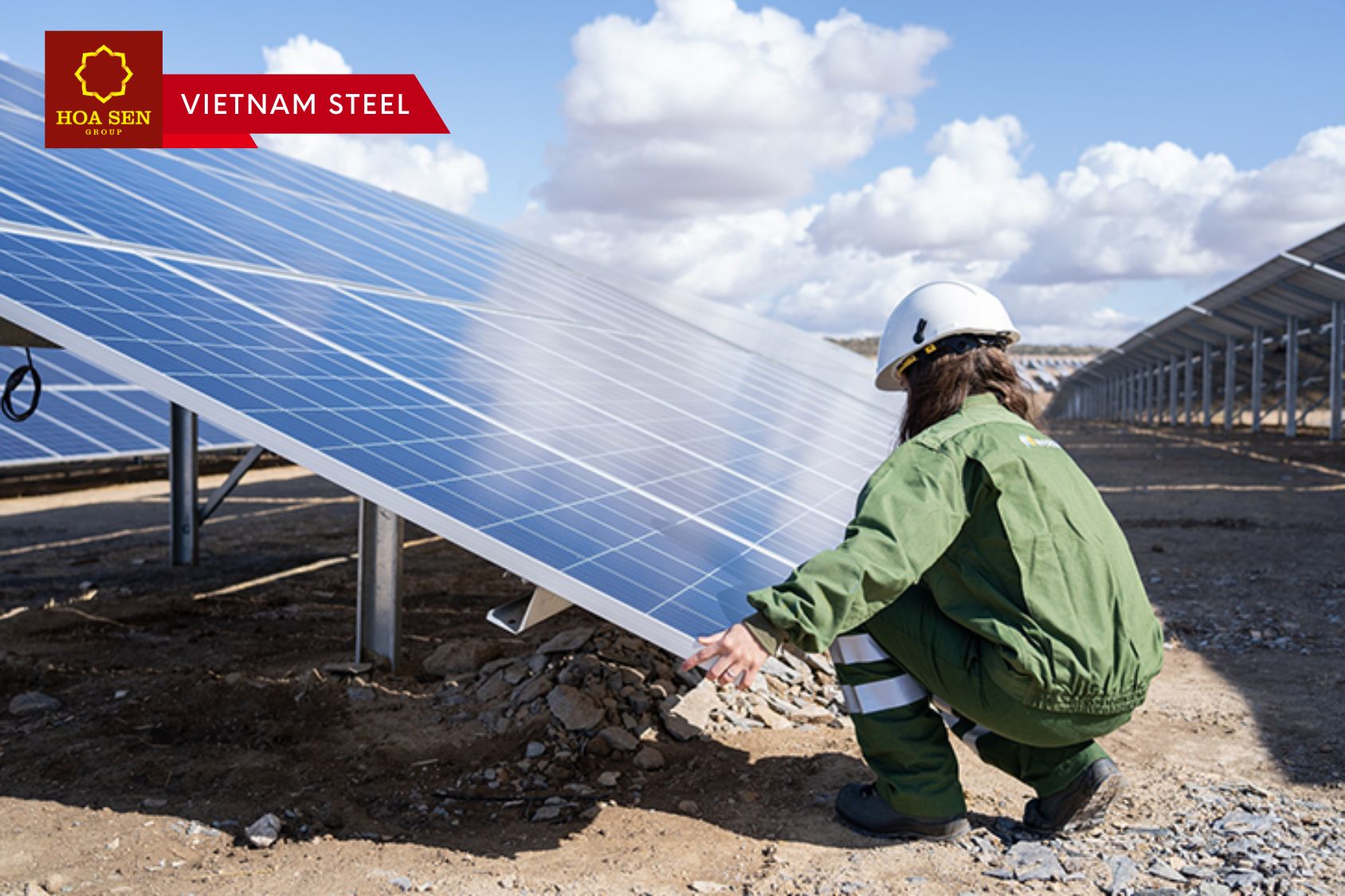China's State Council has issued a detailed work plan to establish a dual-control system for carbon emissions, signaling China's practical shift from energy consumption control to carbon emissions control to achieve the central government's carbon peak and carbon neutrality goals, according to the State Council's latest release.
The "dual control" of carbon emissions means regulating both total carbon emissions and carbon emissions involved in producing a unit of economic output, also known as emission intensity.
The plan will be implemented in three phases. The first phase is current to the year of 2025, which will focus on strengthening the foundation, while efforts will be made to improve the statistical accounting system for carbon emissions at the local, industry, enterprise and product levels, and to enhance the measurement, statistical and monitoring capabilities related to "dual carbon". The second phase is during the 2026-2030 period, which will implement the "dual control" of carbon emissions in China, with intensity control being the main focus and total control being the auxiliary factor. In this period, China will establish a comprehensive evaluation and assessment system for carbon peaking and carbon neutrality, improving the management system for key energy-using and carbon-emitting units, carrying out project carbon emission evaluations, and establishing and improving the carbon footprint management system for products and the carbon labeling and certification system, so as to ensure that the goal of carbon peaking is realized as scheduled.
The third phase is after carbon peaking. In this period, the total control will be the main focus, while intensity control will be the auxiliary factor. After establishing a carbon-neutral target evaluation and assessment system, China will further strengthen the carbon emission control requirements for various regions and key areas, industries and enterprises, and promote a steady decline in total carbon emissions.
Carbon emission quotas will be incorporated into national economic and social development planning, and existing rules or policies will be amended, if necessary, to be in accordance with the dual control of carbon emissions, the State Council said.
In addition, in order to build up the foundation for the "dual-control" system, by 2025 China will optimize the statistical and accounting system for carbon emissions, with a focus on key industries including power, steel, metals, building materials, and petrochemicals, according to the plan.
Read more: Salzgitter secures solar energy supply for green steelmaking
Vietnam Steel by Hoa Sen Group

